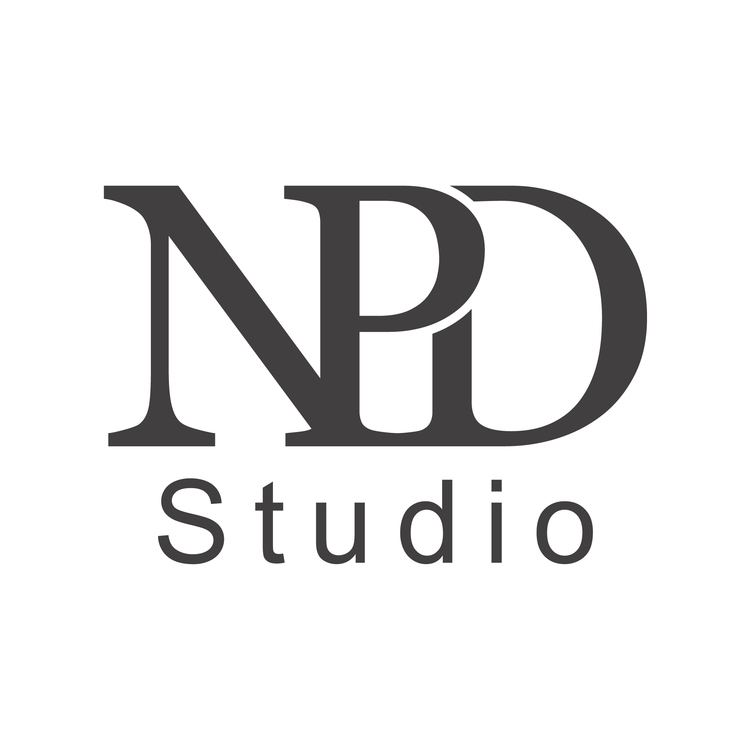You do not want to spend a lot of money on a photographer, here are a few ways you can potentially decrease the time and expense of hiring a professional photographer while improving their ability to produce the results you are looking for.
Decide What You Have In Mind, And Set Priorities
Create a shot list of what you would ultimately like to have images of. Think about how you plan to actually use the images, this may help determine how many images and even the camera orientation on them all. Once you have the end photos in mind and have created a list of what you would like photographs of and particular angles or perspectives that are essential, set priorities so that you know you will end up with the essentials if the others do not work out for one reason or another.
Take Or Find Reference Photos
If you would like images that look a particular way, find references that show those qualities. Specify what it is about them that you are looking at specifically, it could be perspective, focus, colors, lighting, composition, or some other aspect that really holds the image together. If you can reference an image taken by the photographer previously, that would probably be even better as they will have an idea of what went into creating that image. You could also take some quick photos that give the initial general idea of what you are looking for in the end images, they can set the photographer on a path that may be harder to find otherwise, even with sketches and hand gestures. If you can, provide references with qualities you can identify as being valuable to creating your final images.
Decide What You Do Not Want Or Need Photos Of
I often find it easier to start by figuring out what you do not want, or need. This can certainly be applied to photography as well. When you know you do not want a final image to look a certain way, and you can identify the qualities that you dislike, you are on the right path. It also really helps a photographer narrow things down when they go into a shoot knowing that a set of looks, perspectives, or details are either unwanted or simply unneeded. When you have your shot list, with priorities, you can almost create the reverse of that for what you do not want or need. Maybe you are working with a less than perfect situation or a wide array of other possible obstacles that you really do not want to over emphasize or even deal with at all, you could have a “definitely do not shoot this way” list. This mainly is to help narrow down what you have in mind, and then you’ll be better able to have time left over to get in the other lower priority shots or more time can be spent getting things exactly right.
Don’t Try To Get Every Angle And Detail
This may be essentially a way of determining what is and is not needed, or wanted. Being conscious of all the possible angles and details, you can work to eliminate the non-essentials and decrease the amount of time that a photographer takes to get in ever photos.
Prepare
By creating shot lists and setting priorities, you are helping to increase efficiency and decrease the time and expense put toward a photographer. Of course being prepared also entails having your subject, whatever it is, ready for the photographer as best as possible. It is possible that you will not be ready fully for the set time, but you can at least be partially prepared by having part of the shoot ready while you finish up the rest. certainly a photographer might be coming in to do photos that are a little more on the candid side, but you still want to know what kind of images you have in mind. It is also important that the photographer is able to get any references or shot lists ahead of time so they can be prepared and know where to begin and where to end.
Do not Throw Something In Last Minute
Lastly, try not so throw something in at the last minute. It might seem like something simple to pull off, but it can become a distraction for the photographer from the current shot list or general plan. This can result in the photographer taking longer to stay focused as they think about the solutions to the new problem they are presented with. The last minute image might also require a different camera, lens, or lighting setup. Also you basically already decided it wasn’t that important, but seeing as it might be something you had not thought of before and you can see if it is at least possible to pull off after the other images are shot.
In Conclusion
Ultimately, if you want to be able to hire a photographer that will get the images that you actually are after in a timely manner, preparation is key. Preparation can come in the form of a shot list, having your subject ready, thinking of and narrowing down all the possible details and angles, and avoiding throwing last minute ideas at the photographer. You may be transferring the time and preparation over to yourself, but you are also the one who is hoping to get the most out of the images in the end.

